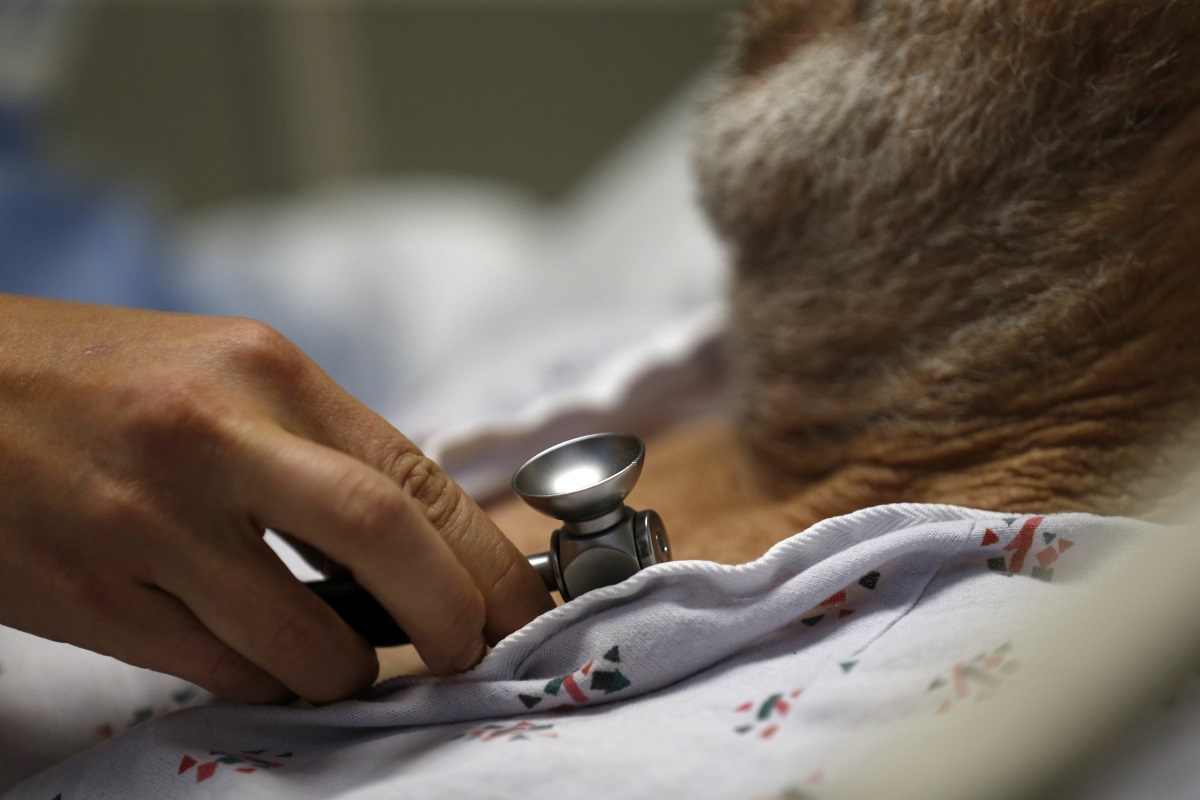Starting in July, health insurance provider Blue Cross Blue Shield will stop covering emergency room visits it deems unnecessary.
And doctors and analysts have a lot to say about it.
Like us on Facebook
Blue Cross Blue Shield is enacting this policy because it doesn’t want people to use the emergency room as their primary health care.
“The cost of care’s been going up so much faster than people’s earnings. We have got to find a better way to do some of this stuff, taking some of that unnecessary spending out of the system,” says Jeff Fusile, president of Blue Cross Blue Shield.
Fusile says BCBS wants patients to use urgent care, retail health clinics and their LiveHealth app, which are all cheaper than an ER visit.
“What this policy is directed at is regular, run-of-the mill colds, maybe even influenza. But you don’t need to go to the emergency department to get tested for whether or not you have the flu and to get a Tamiflu prescription,” says Jason Hockenberry, who teaches health policy at Emory University.
Hockenberry says, in his research, he’s found many people often use the emergency room inappropriately, for urgent care rather than emergency care.
“This is a real problem. Emergency departments are expensive; they’re there for a different reason. Blue Cross is clearly staking a claim here that we’re going to try to change patient behavior,” Hockenberry says.
Donald Palmisano, president of the Medical Association of Georgia, paints a different picture when it comes to this policy: Imagine a BCBS member has chest pains in the middle of the night. He thinks it might be a heart attack, so he goes to the ER. But it turns out that it was just indigestion. Under BCBS’s new policy, he gets charged for using the emergency room inappropriately. So the next time he has chest pains, he thinks, in case it’s just indigestion, he won’t go to the ER. But this time, it’s a heart attack, and he dies.
“That’s where our physicians are concerned. Because they’re like, you know, you’re putting the patient, who doesn’t have the clinical background, to determine whether their condition is of an emergency nature,” Palmisano says.
Palmisano says this policy also might disproportionately affect the elderly, those living in rural areas and adolescents over the age of 14.
“I have four children, and if there’s an injury and it’s hard to determine the pain they’re experiencing, it’s hard to determine whether to go to the emergency room or not. It puts that added stress because you’re dealing with a loved one and you’re putting parents in a very difficult situation,” Palmisano says.
But Fusile of BCBS says he knows, in medicine, it’s not always black or white.
“There are lots of gray areas where the diagnosis wasn’t so bad after all, but you have to look at the situation the person was in at the time they were in it,” Fusile says.
Remember that scenario about the man who thinks he’s having a heart attack, but it’s just indigestion? Fusile says that falls into the gray area, too. He says a panel of doctors will assess claims to make sure everyone’s getting fair coverage.
But Palmisano and Hockenberry say they’ll have to wait until the policy is implemented to see how effective it really is.

9(MDAxODM0MDY4MDEyMTY4NDA3MzI3YjkzMw004))







